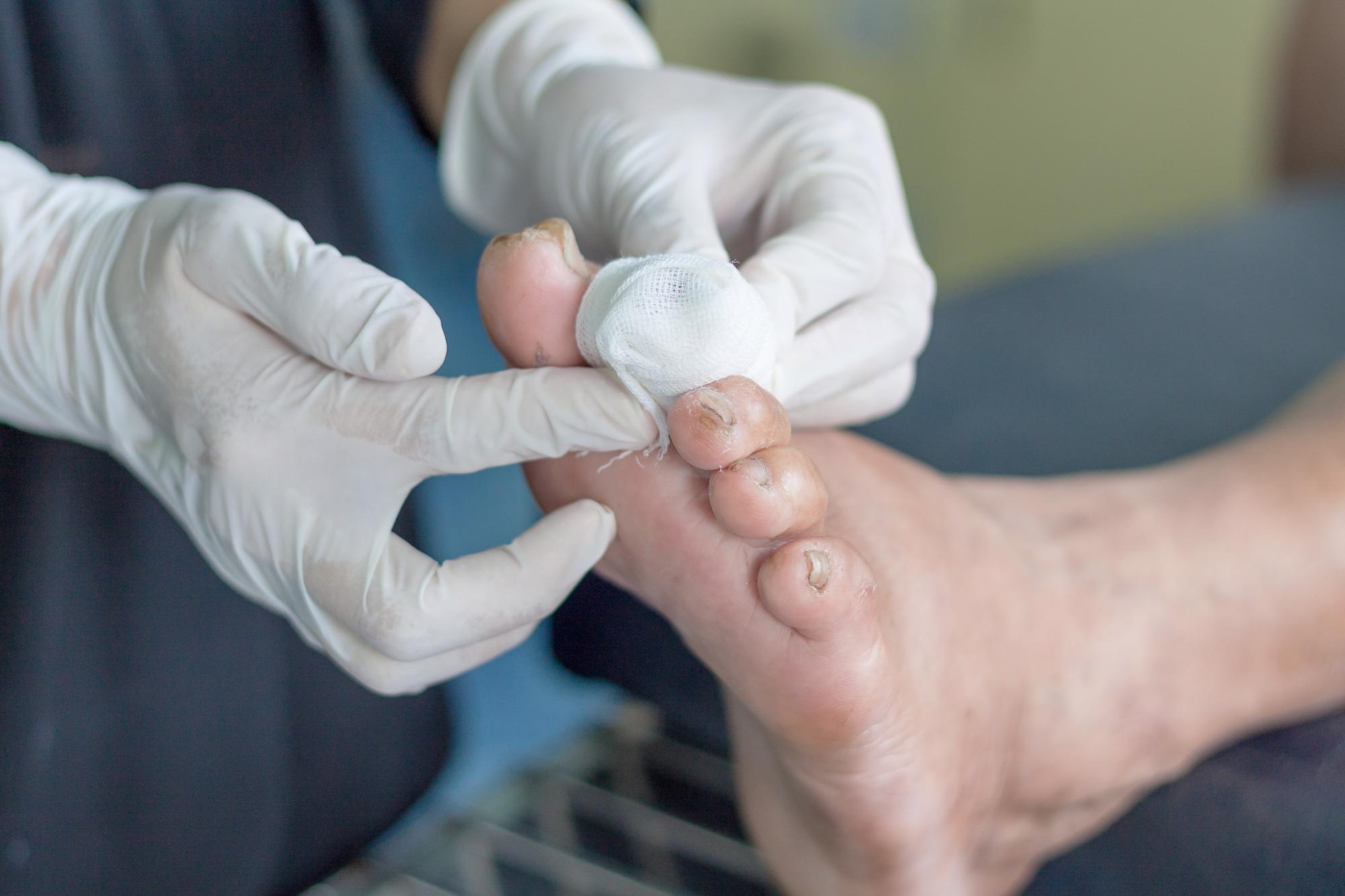Diabetes is a chronic illness that can lead to numerous complications. It affects over one-quarter of American seniors. According to a shocking statistic, 10 to 15 percent people with diabetes are afflicted with ulcers on the feet and legs. If not treated, these wounds may be so serious that diabetic foot amputations could be required. In reality, more than 80 percent of the amputations result from foot ulcers. This highlights the critical importance of rigorous prevention and care.
The management of diabetes is a multifaceted task that requires a comprehensive approach that extends beyond glucose control. The daily foot care routine is the keystone in this effort that serves as the primary protection against the imminent threat of diabetes-related amputations.

Understanding the Landscape
Diabetes and its complications make for an intricate landscape to navigate. The prevalence of foot and leg ulcers in diabetic patients highlights the need for proactive care. The statistics paint an unsettling picture the reality is that having a greater comprehension of these complexities is crucial in fighting against Amputations.
The Amputation Conundrum
The risk of amputations is always present for diabetics. It’s a reality that is more than just a few statistics, affecting individuals on a very personal level. The process of transforming a minor foot ulcer to the prospect of amputations to the foot due to diabetes is very difficult, highlighting the need for urgent preventive measures.
Daily Footcare: A Protection from Amputation
The foundation of diabetes amputation prevention lies in daily foot care. This is more than just a daily foot care routine. It’s also a systematic approach to spot and fix potential issues before the problem grows. The daily routine covers everything from checking your feet for any wounds to taking care to moisturize them.
Vascular specialists: their role
While vascular specialists do not have a role involved in managing diabetes, they contribute to reducing its complications. The aim of treating patients is to increase blood flow in the lower extremities, which will to reduce pain and accelerate healing. This collaboration approach is focused on one thing of reducing the chance of amputations due to diabetes.
Strategies for Preventing Amputation
To be able to navigate the maze of risk for amputations due to diabetes you require a combination of alertness, vigilance, and skilled intervention. It is vital for people with diabetes to take a proactive approach. Regular checkups with healthcare providers such as vascular specialists will help you detect the signs of diabetes early and help to intervene.
Leg Ulcers Understanding the Triggers
The leg ulcers can be the first signs of more serious problems. They require care and knowledge. Understanding the causes that lead to leg ulcers can be the most important step. It doesn’t matter if it’s poor circulation, neuropathy, or a combination of factors, identifying the primary cause allows for targeted interventions as well as individualized care.
Education as Empowerment
The ability to empower people with diabetes by providing understanding of the dangers and ways to prevent them is essential. Initiatives to educate healthcare professionals as well as the broader community can help to bridge the gap of awareness. Recognizing the implications of seemingly innocuous injuries can help prompt prompt responses and could even prevent the need for diabetic foot amputation.
Private Battles and Collective Triumphs
The battle against diabetes-related complications isn’t a personal battle; it’s a team effort. Support networks can offer a opportunity to exchange experiences, learn from other and build coping skills. If you are faced with the possibility of an amputation and emotional trauma, the impact can be immense. Communities support networks offer strength and solace.
In the end, the path through leg ulcers, diabetes and the ever-present risk of losing a foot is multi-faceted. Foot care is the frontline defense, while the skills of vascular specialists become vital in reducing problems. Diabetes patients can reduce the likelihood of amputations by raising awareness, implementing preventive measures, and establishing an underlying support system.
